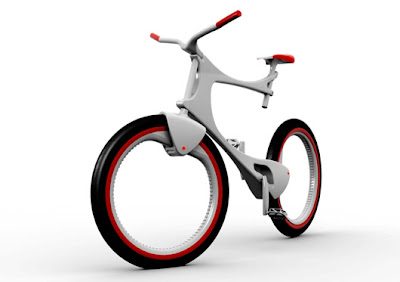Chapter 5

Chapter 5 starts out with setting up a reference. The instructor went over how to set up a reference. The reason reference is so important is because it gives you something to go off of.
We learned how to insert mesh loops into an object which allowed us to add more detail to the object
The extrude tool allows you to extend an object based on axis
The bevel tool allows you to curve off edges or faces of an object to give it a round effect
Extruding along a path allows you to control the way the object will extrude. This is extremly helpful when extruding curves.
The bridge toll allows you to connect two objects or mesh together.
Quad draw allows you to draw new geometry on the surface of an existing object
Chapter 7

Learned how to create primitive NURB objects using curve tools
The revolve tool allows you to create radial surfaces from on of the many curve tools
The loft tool connects multiple curves and makes them into a vertical object
The planar tool allows you to create a surface on a curved object.

The NURBS extrude tool allows you to extrude along a curve
Chapter 8
Creating an isoparm on the surface of an object also allows you to create and extract a curve from that isoparm.
Projecting onto a curved surface is helpful when you want a guideline on a curved surface
The trim tool allows you to cut through surfaces.
Converting from NURBS to polygons allows things to be processed at a much higher speed.
Chapter 9
We learned how to create and apply maps or textures to an object. There are many options for textures and textures can even be brought in from Photoshop.
We learned how to create bitmap textures from a file.
Used the hyper shade window to create a blinn texture on the sphere.
Chapter 10
Created multiple materials on this TV set. Created a screen, and colored the edges of the screen.
Used the UV editor to map a texture on to a complex object. This included unfolding the texture and cutting and stitching together.
Chapter 11
The render view allows you to view the entire scene or a specific part of the scene after it has been rendered.





















